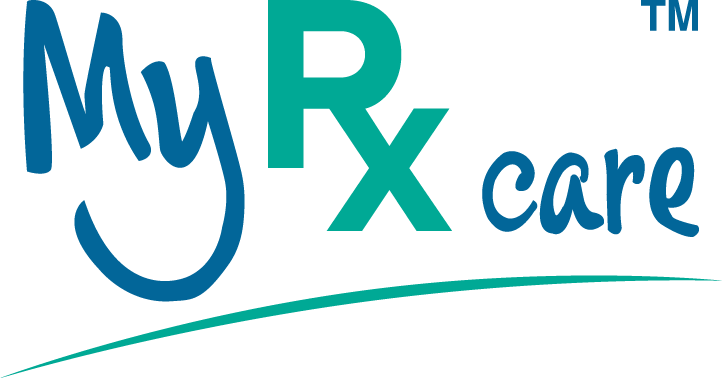The challenges in accessing and navigating Canadian financial assistance programs
Patient financial assistance programs for medications play a crucial role in ensuring access to essential treatments for individuals who are unable to afford their medication. However, the process of accessing and navigating these programs can be a complex and challenging experience for patients, which can lead to barriers in receiving the assistance they need. In this article, we will discuss some of the challenges patients may face in accessing and navigating financial assistance programs for medications in Canada.
Eligibility Criteria
One of the primary challenges in accessing patient financial assistance programs is meeting the eligibility criteria. Each program has its own set of criteria that patients must meet, such as income requirements, health status, and medication coverage. Patients may also be required to provide documentation of their financial and medical status, which can be a burden, especially for those who may have limited access to resources.
Limited Coverage and Accessibility
Another challenge is the limited coverage and accessibility of financial assistance programs. Some programs may only cover specific medications, leaving patients who require different medications with limited options. Additionally, the availability of programs may vary based on geographic location, making it difficult for patients in certain regions to access the assistance they need.
Lack of Awareness and Understanding
Patients may also face challenges in accessing financial assistance programs due to a lack of awareness or understanding. Many patients may not know that these programs exist, or they may not understand the eligibility requirements or application process. Health care providers may not always have the time or resources to educate patients on available financial assistance programs, which can further exacerbate the issue.
Administrative Burdens
Applying for financial assistance can be a complicated and time-consuming process. Patients may need to complete lengthy applications, provide multiple forms of documentation, and navigate complex administrative procedures. These administrative burdens can be a significant barrier, particularly for patients who are already struggling with their health and financial situation.
Language and Cultural Barriers
Language and cultural barriers can also pose challenges in accessing and navigating financial assistance programs. Patients who do not speak English or French may have difficulty understanding application materials or communicating with program administrators. Additionally, cultural differences in attitudes toward healthcare and financial assistance may affect the willingness of some patients to seek or accept help.
Conclusion
Accessing and navigating patient financial assistance programs for medications can be a challenging experience for many patients. Eligibility criteria, limited coverage and accessibility, lack of awareness and understanding, administrative burdens, and language and cultural barriers are some of the factors that can create barriers to accessing these programs. To improve access to essential treatments, it is important to address these challenges and ensure that patients are informed about and have access to the financial assistance programs available to them. By working to reduce these barriers, patients can receive the medications they need to maintain their health and well-being.

